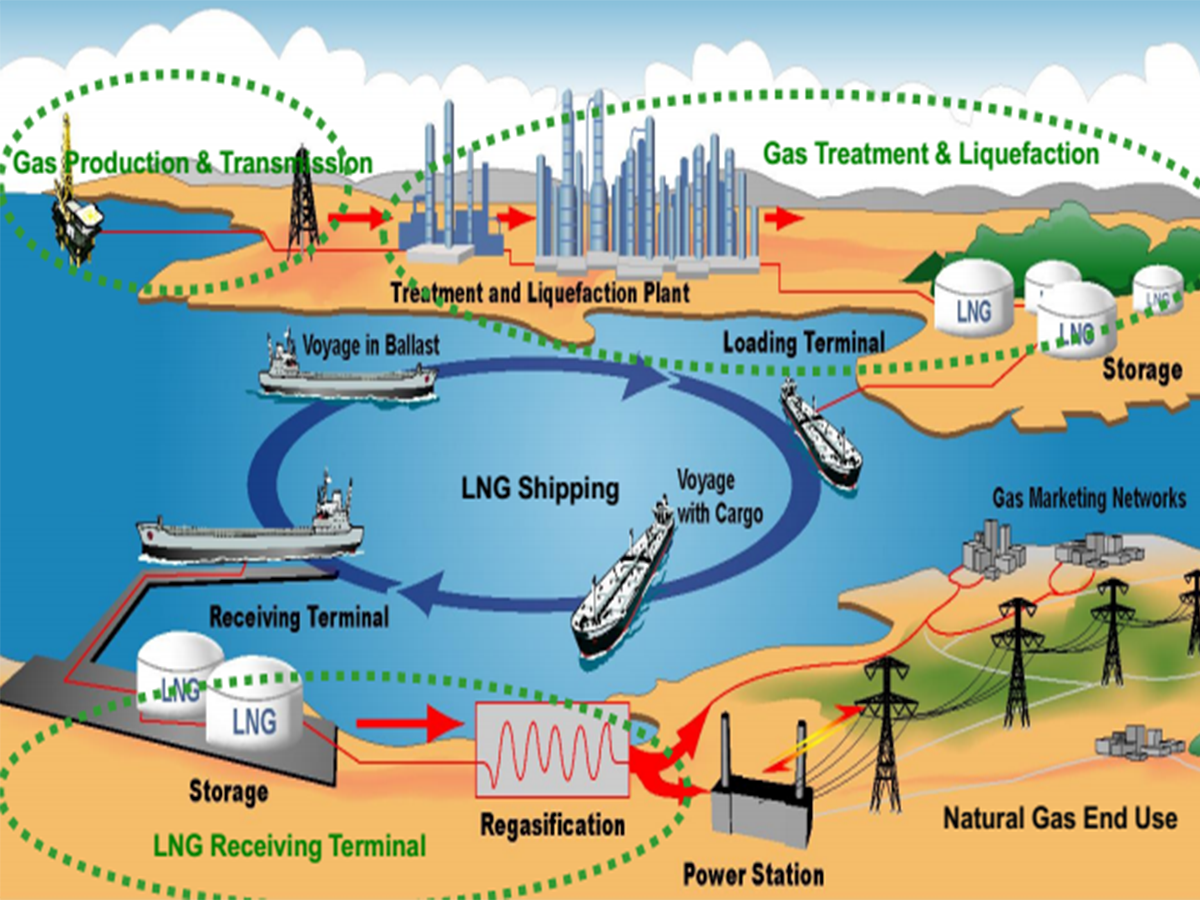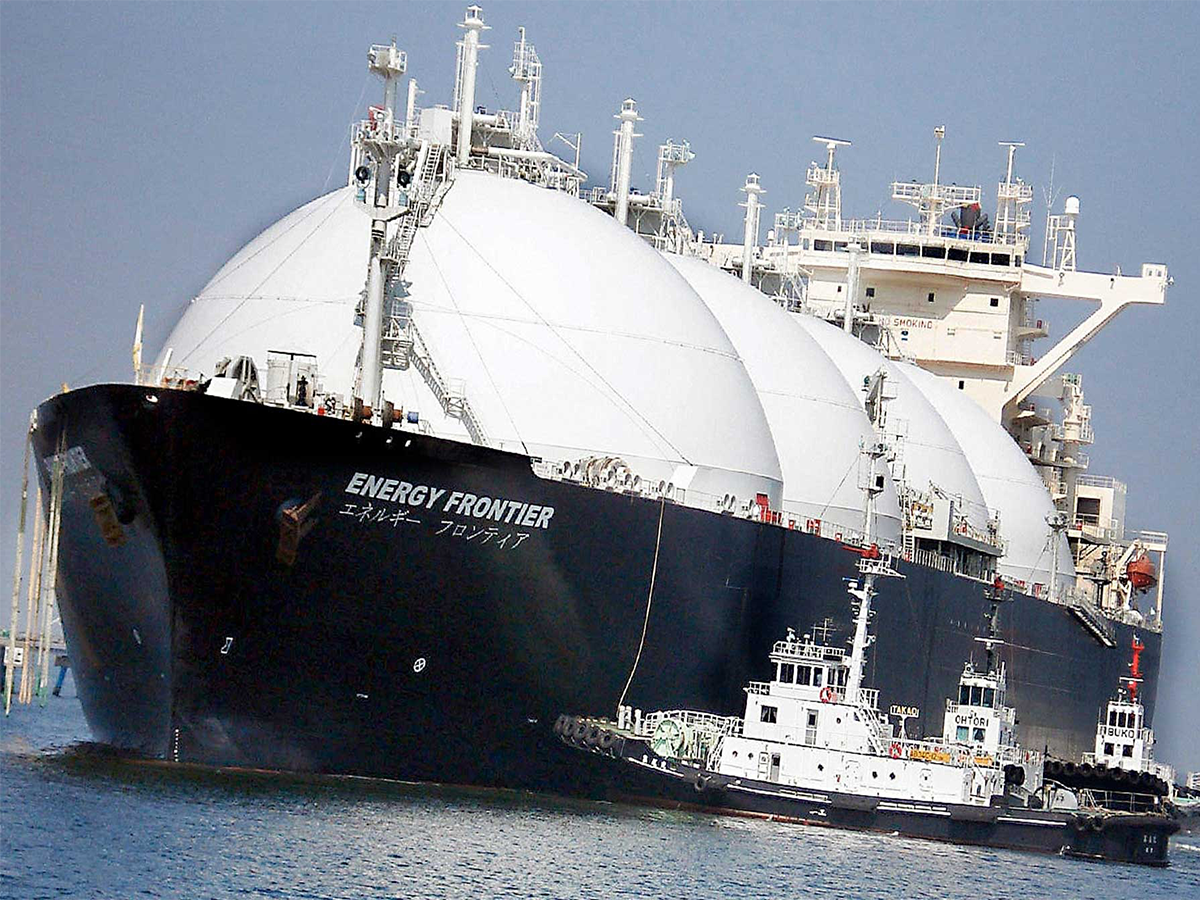The Power of Liquefied Natural Gas: A Comprehensive Guide
Introduction
Liquefied Natural Gas (LNG) has emerged as a game-changer in the energy industry, offering numerous benefits compared to traditional natural gas. In this blog post, we will dive deep into the world of LNG, exploring its production process, environmental advantages, global trade, and future prospects.
See More What Is The Lng Collection
1. Understanding Liquefied Natural Gas
Definition and Composition
Liquefied Natural Gas (LNG) is a form of natural gas that has been cooled to around -260°F (-162°C), significantly reducing its volume for ease of transportation and storage. The primary component of LNG is methane, along with traces of ethane, propane, butane, and other hydrocarbons.
More About Us: SOUTHERN GAS TRADING JSC
Production Process
The production of LNG involves several steps. Firstly, impurities such as water, carbon dioxide, and sulfur compounds are removed from natural gas through a process called natural gas treatment. Next, the gas is cooled to extremely low temperatures using a refrigeration cycle, which condenses the gas into a liquid state. The LNG is then stored in specialized cryogenic tanks or transported in LNG carriers to various destinations worldwide.
2. Environmental Advantages of LNG
Reduced Carbon Emissions
Compared to other fossil fuels, LNG offers significant environmental advantages. When burned, natural gas produces fewer carbon dioxide (CO2) emissions compared to coal or oil. Additionally, LNG combustion emits lower levels of air pollutants such as sulfur dioxide (SO2), nitrogen oxides (NOx), and particulate matter.
Transition Fuel for Renewable Energy
LNG also plays a vital role in the transition to renewable energy sources. Its flexibility and compatibility with existing infrastructure make it an ideal backup fuel for intermittent renewable energy sources like solar and wind power. It serves as a reliable source of energy during periods of high demand or when renewable energy generation is insufficient.
3. Global Trade and Market Outlook
Major LNG Exporters
Several countries have emerged as major players in the LNG export market. Qatar, Australia, and the United States are currently the leading exporters of LNG, accounting for a significant portion of global supply. These countries boast abundant reserves of natural gas and have made substantial investments in LNG production infrastructure.
Growing Demand
LNG demand continues to increase globally due to its environmental benefits and versatility. Countries such as China and India are rapidly expanding their LNG import capacity to meet their growing energy needs. Additionally, the use of LNG in the transportation sector, particularly for heavy-duty vehicles and marine vessels, is gaining traction as a cleaner alternative to diesel fuel.
Price Dynamics
The LNG market is influenced by various factors including supply-demand dynamics, geopolitical events, and infrastructure development. Historically, LNG prices have been linked to oil prices; however, the emergence of new supply sources and spot trading have led to a more diverse pricing landscape.
4. Infrastructure and Safety Measures
Liquefaction Terminals
LNG infrastructure comprises liquefaction terminals for converting natural gas into LNG and regasification terminals for converting LNG back into its gaseous form. Liquefaction terminals are typically located near natural gas production sites and involve significant investment due to their complex processes and safety requirements.
Transportation Methods
To transport LNG efficiently, specialized carriers called LNG tankers are used. These tankers are equipped with advanced insulation systems and rely on boil-off gas management techniques to prevent vaporization during transit. Some countries also utilize virtual pipelines or small-scale LNG carriers for local or regional distribution.
Safety Measures
Safety is paramount in the LNG industry. Stringent regulations govern the design, construction, and operation of LNG facilities to ensure the safe handling and storage of LNG. These measures include safety training for personnel, robust emergency response plans, and rigorous risk assessment procedures.
5. Challenges and Future Outlook
Infrastructure Development
Expanding LNG infrastructure remains a challenge in many regions due to high costs, regulatory hurdles, and public concerns regarding safety and environmental impacts. However, ongoing investments in new liquefaction and regasification terminals are expected to address these constraints and support future growth.
Technological Advancements
Advancements in liquefaction technologies, such as the development of efficient modular plants, are driving down construction costs and making LNG more accessible to smaller-scale projects. Furthermore, research is underway to improve boil-off gas management techniques and enhance the efficiency of LNG storage facilities.
Renewable Natural Gas (RNG)
The concept of Renewable Natural Gas (RNG) involves producing pipeline-quality gas from organic waste sources such as landfills or wastewater treatment plants. RNG can be liquefied into renewable LNG, providing a sustainable alternative to traditional natural gas. The adoption of RNG could further reduce carbon emissions associated with the production and use of LNG.
Conclusion
Liquefied Natural Gas (LNG) has transformed the global energy landscape by offering a cleaner-burning fuel alternative with numerous environmental advantages. As demand continues to rise and infrastructure expands, the future looks promising for LNG as a bridge fuel towards a more sustainable energy future.
Remember to consult industry experts or conduct further research before making any decisions related to LNG investments or usage.
#what_is_the_lng, #pgscomvn, #pgs_com_vn, #whatisthelng, #what_is_the_lng, #pgscomvn, #pgs_com_vn/

Nhận xét
Đăng nhận xét